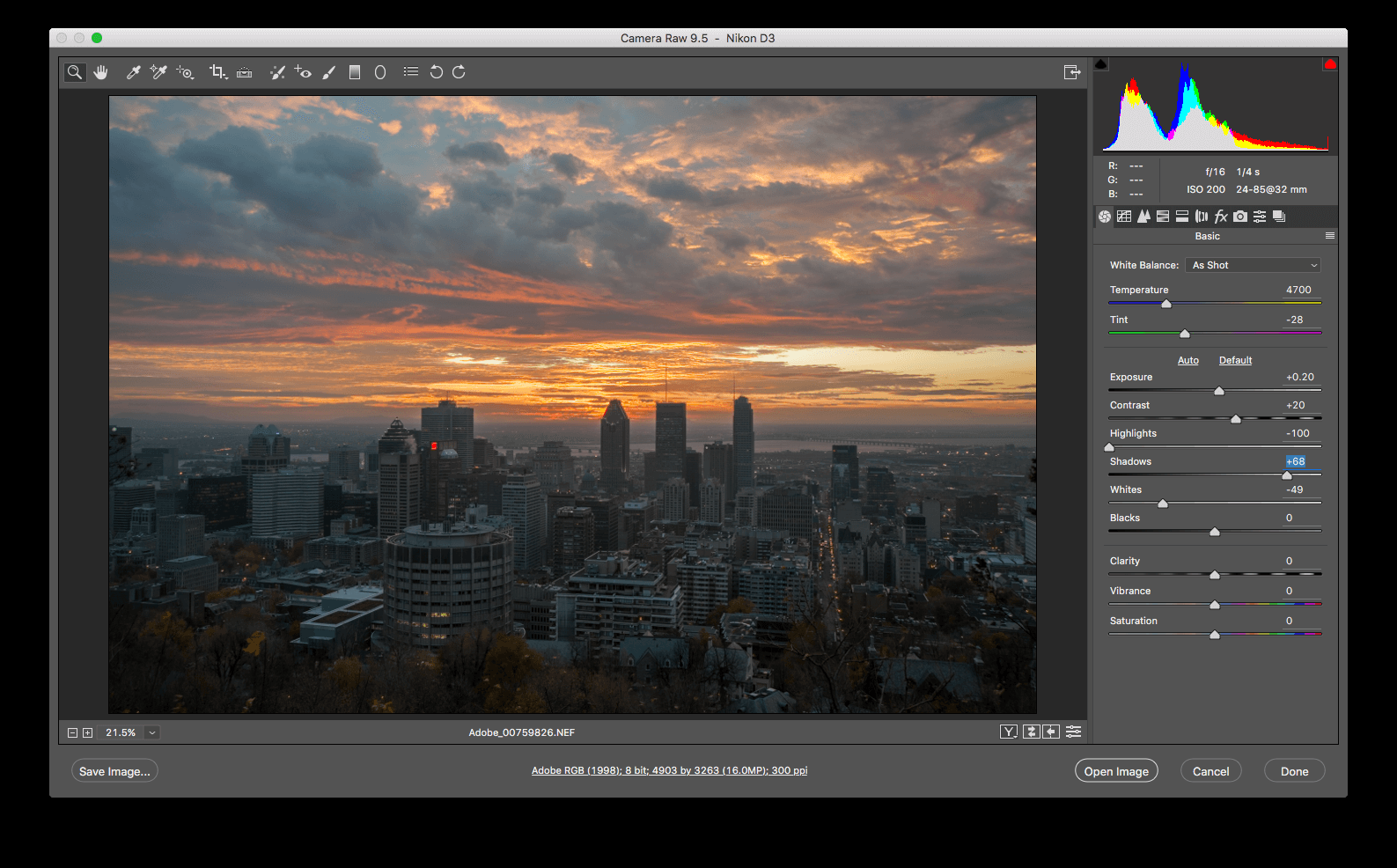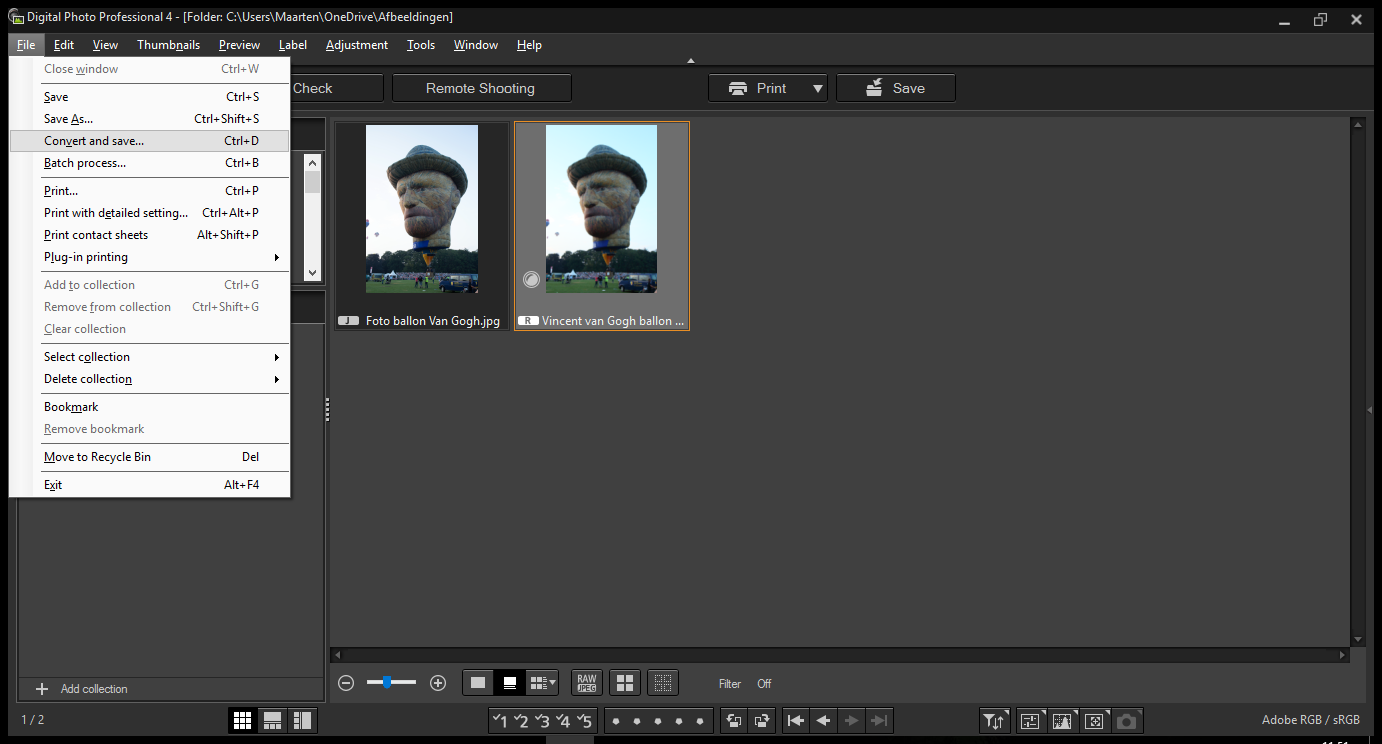
doesn’t require much work during the processing stage, like setting exposure, white balance, contrast, saturation, sharpening, etc.

However, the compression in JPEG comes at the cost of the quality of the image.

JPEG can store high-resolution photos in a smaller size as well. You can also share small JPEG files freely on social media and between devices. This helps to increase the number of photos stored in a memory card. JPEG compresses the image to a smaller size. Given its ability to compress, it is a popularly used image format. The file format can store 24 bits per pixel and display over 16 million colors. JPEG (Joint Photographic Experts Group) image format uses a lossy compression to store digital photos. Using the software, you can repair corrupt, distorted, damaged, greyed-out, or inaccessible RAW camera files and JPEG file format from any camera. Here’s an advanced tool – Stellar Repair for Photo that works on RAW files of Canon, Nikon, Sony, Samsung, Fuji, and several other camera brands.
#CANON RAW TO JPEG CONVERTER MAC SOFTWARE#
Losing RAW photos to corruption can be terrible, as not many repair software support this unique camera format. TIP: Repair corrupt or damaged RAW photos
#CANON RAW TO JPEG CONVERTER MAC PROFESSIONAL#
Editing for professional use: Use pictures in RAW format when you want to edit without compromising the quality.So not many image viewing and editing software offer support for RAW camera formats. Camera manufacturers regularly develop new RAW formats, whereas, software developers are not always attuned with the launch. Lack of wide software support: RAW formats are unique to camera brands.Take time to transfer or copy: Bigger size RAW files take longer to transfer or copy from camera SD card to computer or other devices.Not for social media: Large-sized RAW file formats – CR3, NEF, DNG, ORF, PEF, ERF, MRW, NRW, RAF, RW2, SR2, etc., are hard to share and view on the web and social media.Occupy more space: RAW files are large and thus occupy greater space in the storage media.They need to be processed and worked upon in an image editing software, such as Lightroom, Photoshop, etc. Need more work during editing: Unprocessed RAW photos usually appear dark and shady.Maintains image quality after processing: Unlike JPEG, lossless compression doesn’t degrade the quality of a RAW image file after editing or processing.You can increase or reduce exposure, sharpness, saturation, contrast, color space, white balance, etc. Creative flexibility: RAW format offers greater creative liberty while editing without worrying about quality loss.However, not all image-viewing and editing software support RAW formats.

For instance, Canon records RAW images in CR3 & CR2 formats, Nikon does in NEF, Fuji DSLR in RAF, Kodak in KDC, K2F and so on. RAW image formats are proprietary to every camera brand. Thus, RAW is considered the best format for processing photos. It can record 14 bits per pixel and display up to 68.7 billion colors. It has raw image data directly captured from the camera sensor, and has maximum image information.Īn image shot in RAW format has a wide color palette. RAW - which is better?Ī RAW file is unprocessed and lossless.


 0 kommentar(er)
0 kommentar(er)
